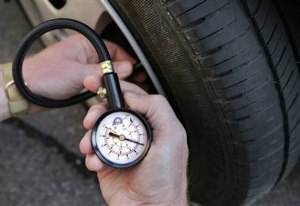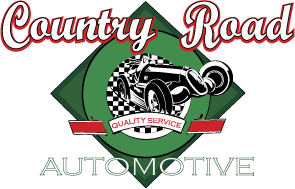
With a little time and some preventive maintenance, it’s quite easy to keep your car in good shape. In fact, a preventive maintenance goes a long way to keeping your car on the road for many years. It also saves you money over the long run.
Here are the basics:
- Read your car owner’s manual. It contains all the information you need to know about maintaining your car. It also alerts you to special safety precautions.
- Keep all the fluids (e.g. engine oil, transmission fluid, coolant, etc.) clean and topped up. If you don’t know the best maintenance schedule for the different fluids in your vehicle, ask us. We’ll be happy to advise you on the best maintenance schedule for your vehicle.
- Change the engine oil and filter every 3,000 miles.
- If you notice something that’s not quite right — like an irregular noise, vibration, a leak or a lit warning light — have your car inspected as soon as you can. Taking care of small concerns right away will save you from expensive repair issues down the road.
- Know what your dashboard lights mean when illuminated. Lights that are “red” are critical warning indicators and you should make sure you stop your vehicle immediately and call for service. “Yellow” or “Orange” lights give you a warning that something is not functioning properly. While you don’t need to have your vehicle towed in for service, you should have it checked out and repaired as soon as possible to avoid an expensive repair bill later. For example, an illuminated “Check Engine” light indicates a problem with the air-fuel mixture. It could be something as simple as a loose gas cap. However, if it’s something more serious and you continue to drive, you could cause damage to your vehicle’s catalytic converter, which would be an expensive repair bill.
- Check tire pressure regularly, especially when it begins to get a little cooler outside. At a minimum, you should check the pressure once a month. When checking and adjusting tire pressures, the “correct” inflation pressures are those provided by the vehicle manufacturer, not the “maximum” inflation on the tire’s sidewall. You can find this info on the label inside the driver’s side door jam, as well as in the owner’s manual.
- Change your windshield wipers when you begin to notice they are not cleaning properly. At a minimum, you should have them changed before the winter so you aren’t stuck during a snow or ice storm with wipers that aren’t giving you the visibility you desire. You may also want to change them again after a harsh winter, just before the heavy Spring rains.
- Wash and wax your vehicle once in a while to keep the car finish shiny and protected from corrosion.

